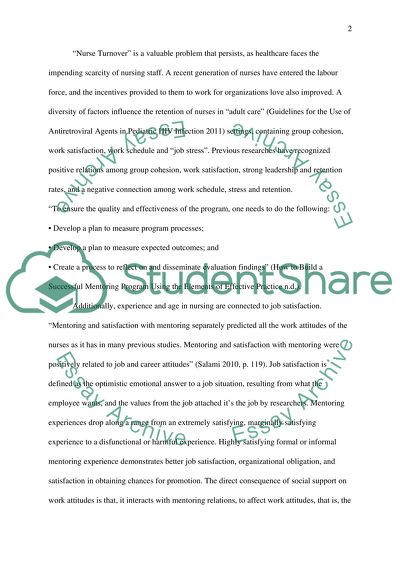Cite this document
(“Mentorship Essay Example | Topics and Well Written Essays - 2500 words”, n.d.)
Retrieved from https://studentshare.org/nursing/1395853-mentorship
Retrieved from https://studentshare.org/nursing/1395853-mentorship
(Mentorship Essay Example | Topics and Well Written Essays - 2500 Words)
https://studentshare.org/nursing/1395853-mentorship.
https://studentshare.org/nursing/1395853-mentorship.
“Mentorship Essay Example | Topics and Well Written Essays - 2500 Words”, n.d. https://studentshare.org/nursing/1395853-mentorship.


